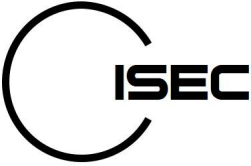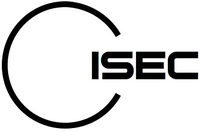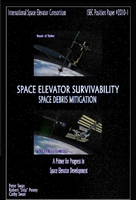 In 2010, ISEC announced the Yuri Artsutanov & Jerome Pearson prizes, prizes established to foster research into Space Elevator related topics. There were no winners in 2010, though we had two papers that qualified for Honorable Mentions in the Artsutanov Prize.
In 2010, ISEC announced the Yuri Artsutanov & Jerome Pearson prizes, prizes established to foster research into Space Elevator related topics. There were no winners in 2010, though we had two papers that qualified for Honorable Mentions in the Artsutanov Prize.
The Pearson Prize, sponsored by the Leeward Space Foundation, is open to all Undergraduate students. The Artsutanov Prize, sponsored by the Space Elevator Blog, is open to everyone (ISEC Directors and Officers excepted).
ISEC is very pleased to announce the 2011 Artsutanov & Pearson prizes. Unlike 2010, where eligible papers for the Pearson prize had to be on the Yearly ISEC Theme while papers for the Artsutanov prize could be on any Space Elevator subject, for 2011, papers for both competitions must address the 2011 ISEC Theme. This theme is “Developing stronger, lighter tethers – 30 MYuris or bust!“. The specific topic papers for both competitions must address is:
The biggest hurdle on the way to building a Space Elevator is constructing a tether that is strong enough and light enough. We estimate that a tether with a minimum strength of 30 MYuris1 will be sufficient to construct the Space Elevator and ISEC wishes to promote research and thought targeted towards this goal. Therefore, the 2011 Artsutanov and Pearson prizes will both be awarded for the papers that make the most significant contribution towards a 30 MYuri tether.
Now, we don’t actually expect anyone to submit a paper which shows us how to make a 30MYuri tether (though we will all be thrilled if this actually happens), but the paper must be a serious effort to advance the state of the art in this area. Consequently, we expect people like chemists, physicists, materials engineers, etc., to submit papers on growing longer, stronger carbon nanotubes. Other people may submit papers on turning these tubes into stronger threads. Or perhaps the specific topic of a paper might be on how to use composites to make the overall tether stronger. In any case, the paper must advance our understanding of how we can get closer to constructing a 30 MYuri tether.
Questions about the competition may be answered on the ISEC website. You may also email the prize committee at artsutanov-prize@isec.info or pearson-prize@isec.info and the competition chair will get back to you promptly with answers to any of your specific questions.
One final note – though both prizes are going to be awarded for papers on the same theme, eligible contestants for the Pearson prize MUST be currently enrolled in a 2 or 4 year accredited undergraduate program. Papers in the two competitions will be judged separately – they will not compete against each other.
There is a $1,500 cash award for the Pearson prize and a $2,500 award for the Artsutanov prize, so get those thinking caps on! And, if you know of anyone who may not be a reader of this blog and might be interested in entering a paper, please let them know about the competition.
 Previously, I had blogged about the 2011 Space Elevator Conference, but now the Official Announcement and Call for Papers has been released. You can access it here.
Previously, I had blogged about the 2011 Space Elevator Conference, but now the Official Announcement and Call for Papers has been released. You can access it here.
 ISEC is very pleased to announce that Robert “Skip” Penny has joined its Board of Directors effective immediately. A brief bio:
ISEC is very pleased to announce that Robert “Skip” Penny has joined its Board of Directors effective immediately. A brief bio:

 Shuichi Ohno, the president of the
Shuichi Ohno, the president of the  In 2010, ISEC announced the Yuri Artsutanov & Jerome Pearson prizes, prizes established to foster research into Space Elevator related topics. There were no winners in 2010, though we had two papers that qualified for Honorable Mentions in the Artsutanov Prize.
In 2010, ISEC announced the Yuri Artsutanov & Jerome Pearson prizes, prizes established to foster research into Space Elevator related topics. There were no winners in 2010, though we had two papers that qualified for Honorable Mentions in the Artsutanov Prize.